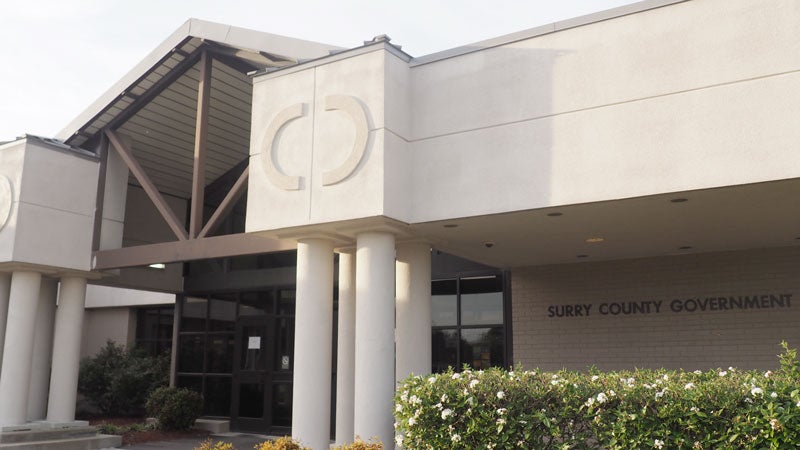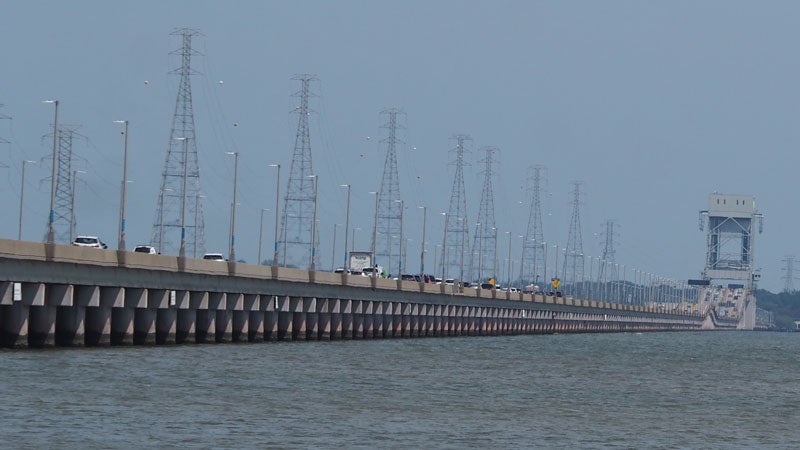Universal broadband in IW?
Published 5:01 pm Tuesday, January 11, 2022
Will a $21 million state grant to expand high-speed internet in Isle of Wight County, Suffolk and Southampton County achieve universal broadband — where anyone who wants to pay for a fiber-to-the-home internet connection can get one?
Not quite, according to Eric Collins, director of governmental services for Charter Communications.
Gov. Ralph Northam had announced the Virginia Telecommunications Initiative (VATI) grant in December, which will fund new fiber optic infrastructure in underserved areas of the three Western Tidewater localities via a partnership with Charter, the area’s dominant internet service provider. Collins briefed Isle of Wight’s Board of Supervisors during a Jan. 6 work session on the status of the project, which Charter hopes to begin this year.
Only residents living in areas where cable modem connections currently aren’t available will have the option of purchasing a fiber-to-the-home connection, Collins said.
Charter has released a map showing approximately what areas will be getting fiber-to-the-home versus those that will continue to be served through cable modem connections. But Assistant County Administrator Don Robertson said he wasn’t aware of any list or map in existence yet that would indicate on a street-by-street basis who will and won’t have fiber-to-the-home access.
Fiber-to-the-home has become the “gold standard” in high-speed internet. As of December, Surry County became the first Tidewater locality to offer universal fiber-to-the-home access via its own VATI grant and partnership with Dominion Energy and Prince George Electric Cooperative’s broadband subsidiary, Ruralband.
Isle of Wight residents with cable modem connections through Charter, on the other hand, have had to contend with brownouts, which Collins attributed to strain on Charter’s existing “fiber-coax hybrid” infrastructure.
“I use my Verizon hotspot at least three to four times a month, but I pay you for service that I’m not getting,” Supervisor Dick Grice told Collins.
According to Collins, hybrid systems work by running fiber to a “node,” which converts data and sends it over a coaxial television cable to a person’s home. If too many homes share a single node, that’s when interruptions in connectivity can occur.
Jason Gray, a former Charter employee who now works for Isle of Wight County’s Information Technology Department, then told the supervisors that, at present, the only people in Isle of Wight who have fiber-to-the-home connections through Charter are business customers and the county’s nine public schools. All residential service is currently through the hybrid network.
While the grant money won’t cover the cost of replacing existing hybrid connections with fiber-to-the-home, the new fiber infrastructure “strengthens our backbone,” Collins said, and as such, could lead to some existing Charter customers seeing an improvement in their connectivity.
There are also more than 1,300 homes that will be served by Ruralband, rather than Charter.
Prior to partnering with the three localities and the Hampton Roads Planning District Commission on the grant application, Charter had bid on a rural digital opportunity fund (RDOF) — a federal program that allows internet service providers to compete for the rights to provide service in specific census blocks. The federal and state programs together will give Charter the ability to extend broadband to more than 3,000 Isle of Wight households. But Ruralband won the rights to several census blocks in areas of the county near Surry.
The Isle of Wight-Suffolk-Southampton VATI grant allows an 18- to 24-month rollout for building the fiber infrastructure.





